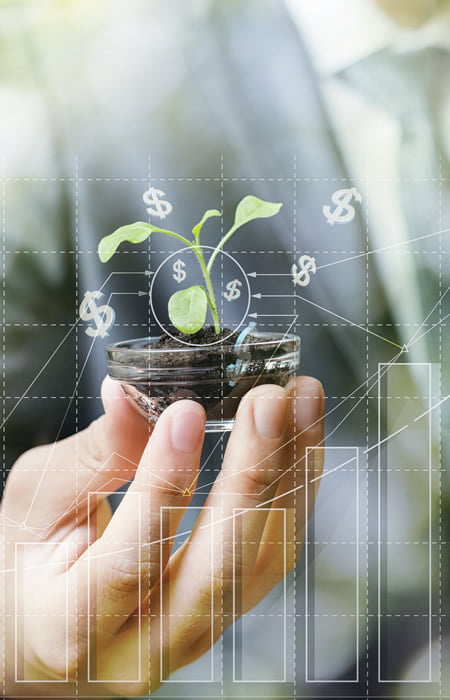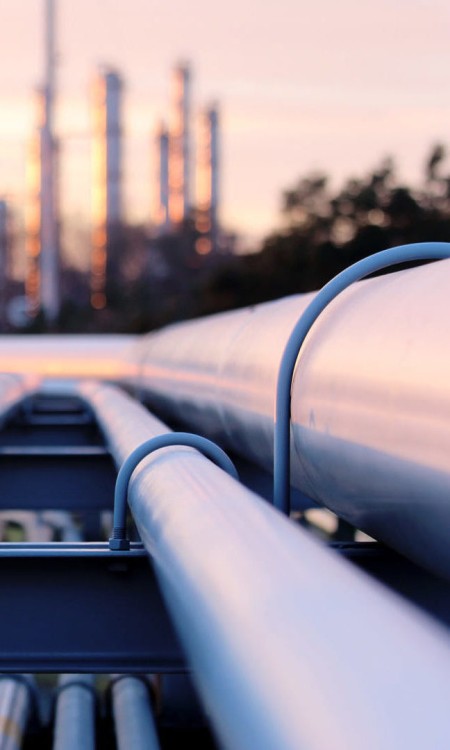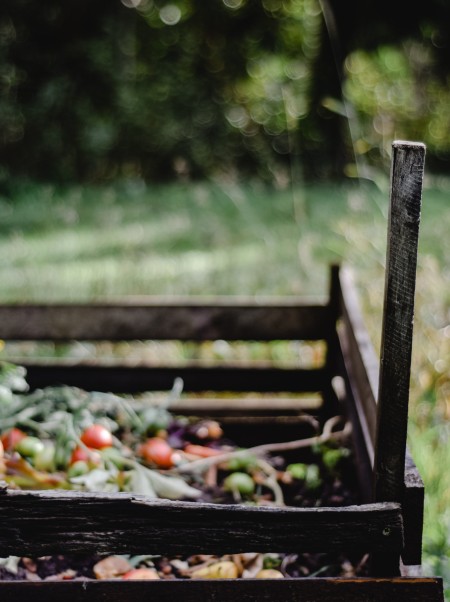Growth potential
The production of biogases in Europe in 2023 amounted to 234 TWh or 22 bcm. This is more than to the entire inland natural gas demand of Belgium, Denmark and Ireland combined, and represents 7% of the natural gas consumption of the European Union (EU) in 2023.
By 2030, the sector is expected to produce 35 bcm of biomethane and provide 500,000 jobs. €27 billion has already been earmarked for investments in biomethane production to support such growth.
In 2040, Europe could produce 111 bcm biogases, of which 101 bcm relates to the EU-27. This last figure represents 80% of forecasted EU gas demand in 2040.

















